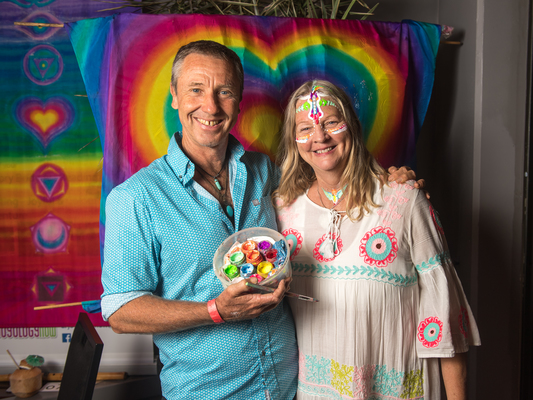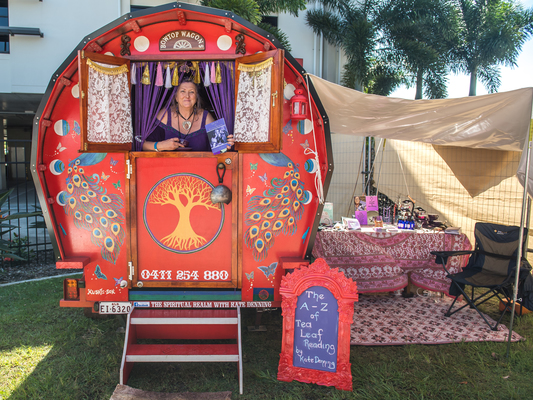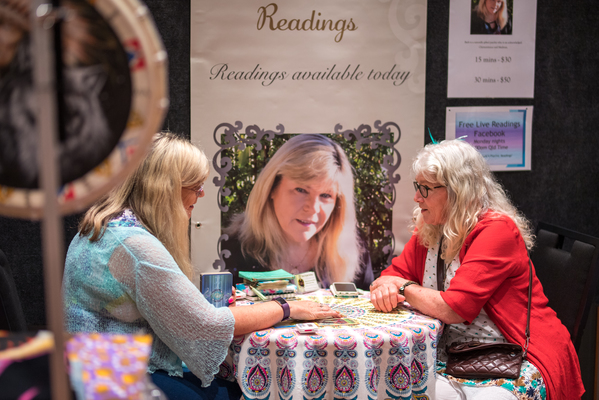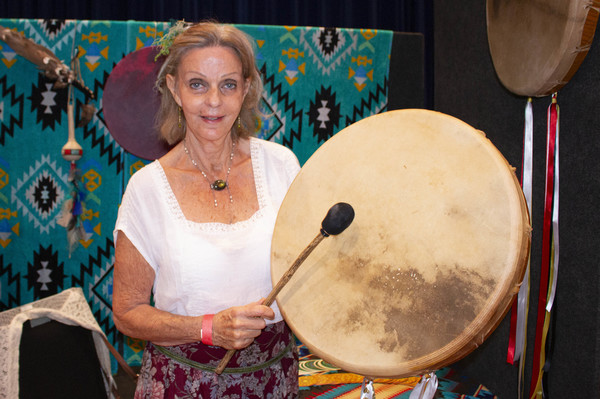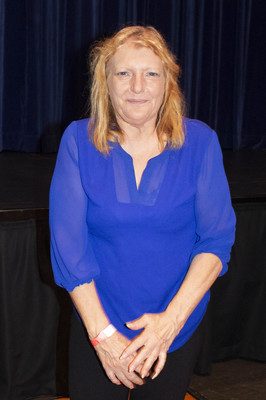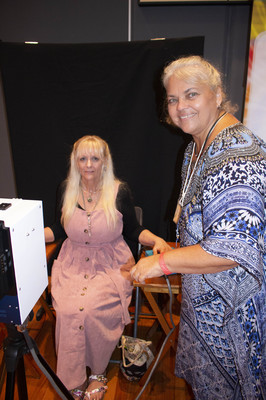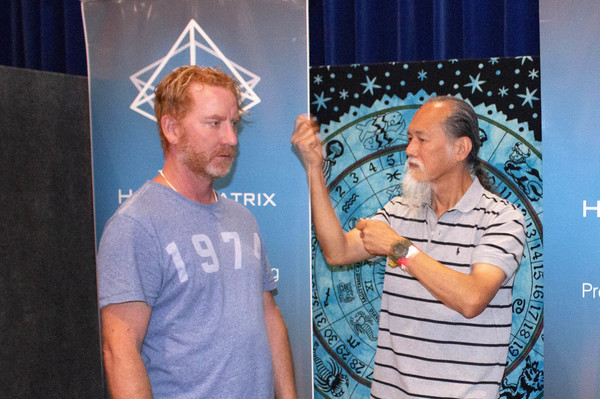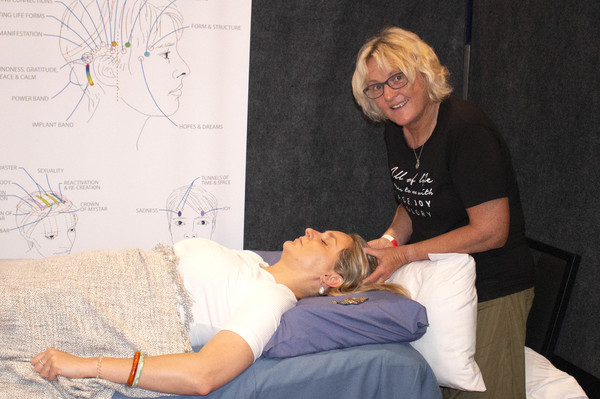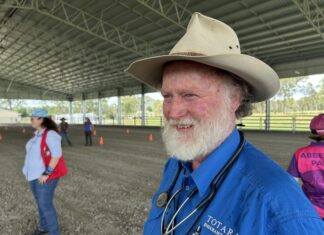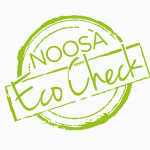Last weekend hundreds of people exercised their medical options. Some choices were aimed at making peoples’ brains more positive through the stimulation of the access bars (32 points) on their heads. Some women learnt how to be more “connected” with the help of a witch and others sought advice on life decisions from a shaman. Many wanted to hear messages from animals and past loved ones from an animal communicator.
The witch, the shaman, and the animal communicator were among a diverse range of complementary and alternative medicine (CAM) practitioners and included massage and reiki therapists, nutrition theorists and energy flow directors who attracted hundreds of keen participants at Discovery, a Conscious Life event on the Sunshine Coast.
In a country where our healthcare is founded on western science and evidence-based practice it is somewhat baffling to health professionals that the interest in CAM is booming.
But government surveys show more than 40 per cent of Australians use CAM treatments and other research indicates as many people are seeking advice from CAM practitioners as general practitioners and spending an average $4billion annually.
A research paper in the Medical Journal of Australia by Ian Coulter and Evan Willis determined that CAM was here to stay and would continue to challenge conventional medicine but the reasons for its increasing interest was not well understood and even it’s definition was illusive.
The researchers categorised the diverse range of CAM practices into five major groups – “alternative medical systems; mind-body interventions; biologically-based treatments; manipulative and body-based methods; and energy therapies” but found they were all united in their principle of “vitalism”.
This vitalism they say relates to the idea that that all living organisms are sustained by a vital force that is both different from and greater than physical and chemical forces and is often expressed in terms such as Qi, yin-yang, life force or universal intelligence and ranges from the supernatural to the healing power of nature.
The intervention of a greater or spiritual force was a recurring theme at the weekend festival and was for some the reason practitioners had taken on their roles.
Bella Payne who describes herself an eclectic witch said taking bits of knowledge from various sources had enabled her to create her own blend of “magic” to pass on through holistic therapies.
“I assist people on their healing journeys,” she said.
A practicing witch for 25 years Bella passes on her knowledge of magic through workshops and online instruction as well as providing a range of health and even beauty services.
Clients might come to her for a treatment such as a facial or massage but may also be seeking advice on nutrition or spiritual guidance.
Bella said many of her clients were looking for answers in their lives. She runs “circles” for women which involve meditation and connecting with the spiritual realm.
“The majority would be mothers who feel disconnected and have lost the essence of who they are,” she said.
“They are looking for connections, looking for their tribe.”
Shaman Sunder Devi also directs her therapy toward women, particularly abused women, and it is also holistic in nature. After spending 50 years studying indigenous cultures including the native American and Australian Aboriginal she has become what she described as an “accidental medicine woman”. She now uses a variety of techniques to assist people “mentally, spiritually and physically”.
Why are people attracted to CAM?
Several practitioners at the festival recalled a childhood, life-changing or near death experience that led them on their spiritual career.
After recovering from a near death experience Kate Denning was having a cup of tea in a cafe in Hastings Street when “this message started coming through to her” and launched her on her path to reading tea leaves and recently writing a book about the practice.
Ramiah Selwood nearly died 10 years ago from a toxic liver. The experience forced him to change his lifestyle and adopt a healthy diet enhanced by a mix of vitamins and minerals which he now promotes to help others.
Sunder Devi said her journey began when she had surgery to repair a hole in her heart as a six year old and died on the operating table before being revived.
Animal communicator Amanda De Warren said she discovered she could communicate with animals as a four-year-old child.
“My uncle had a missing dog. (Intuitively) I knew where the dog was,” she said. The dog had fallen down behind a bale of hay in her uncle’s shed and was unable to get out. When the uncle went to the spot as Amanda instructed the dog was there.
Amanda has no real explanation for her ability apart from having a strong bond with animals. But her gift also enables her to communicate with people who have passed away and convey messages from them.
Her abilities are highly sought after. She writes a regular column in Women’s Weekly and for two years worked alongside crocodile hunter Steve Irwin and his father Bob Irwin when they operated the Queensland Reptile and Fauna Park at Beerwah.
Researchers have put forward a number of explanations for the attraction to CAM from paying clients.
In an ageing population where lifestyle-related issues are increasingly commonplace conventional medicine may be perceived to be less successful and CAM may appear to be offering more.
Another reason for its growth is increased migration and the transmission of established medicines from other countries such as Ayurvedic medicine and traditional Chinese medicine that offer long-established alternatives. And Internet use has increasingly provided information about CAM to people searching for treatments.
For Tina Fry who invested in a photograph of her aura it was to gain some reassurance in herself and her beliefs.
“It’s confirming that I’m guided and protected and it’s comforting,” she said.
One man was attracted to trying out an energy flow treatment delivered by a student of life coach and healer Adam Mac. Having undergone treatment with conventional medicine for a shoulder injury he thought he’d give the alternative a go. After the treatment which involved capturing and removing the negative energy from his body he said he was waiting for the effects to take place.
While a woman who experienced access bar stimulation said the treatment left her feeling like she was “floating”.
A review prepared for the Australian Government Department of Health in 2015 on the effectiveness of CAM found evidence a few modalities including Buteyko, massage, tai chi and yoga may improve certain health outcomes for a limited number of conditions. However in most cases it found there was not enough evidence to make definite conclusions on the effectiveness of the therapies.

